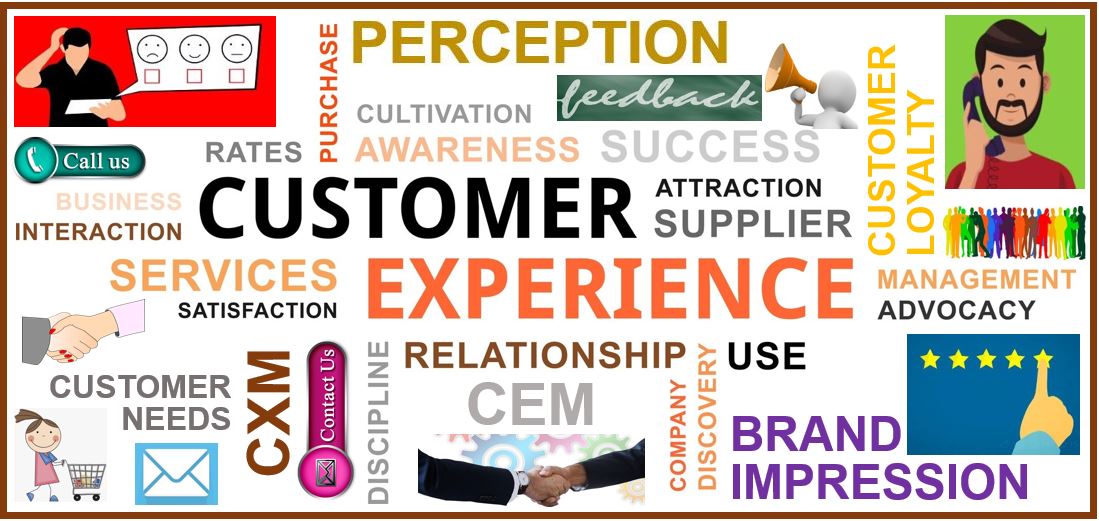
Want to know the best way to grow your business without dramatically increasing marketing and advertising expenses? Try enhancing the customer experience so that your customers walk away from their interactions with your brand feeling delighted, cared for, and heard.
Why Customer Experience Matters
If you want to keep it simple, customer experience matters because happy customers remain loyal. The happier a customer is, the longer they’ll do business with you. (And the more money will change hands.) The flip side is true as well. A customer who feels disrespected or underappreciated will look for every opportunity to switch to a competitor. A good customer experience ensures your business creates more happy, satisfied, and loyal customers.
Just consider the following data points:
- 1 in 3 customers will leave a brand they “love” after just a single bad experience.
- Customers are willing to pay a premium of 13 percent to 18 percent for luxury and indulgence services, simply if the customer experience is good.
- Customers that rate a business as having a high customer experience score spend 140 percent more and remain loyal for an average of six years.
- Customer experience is now considered the number one brand differentiator for businesses and is expected to remain so indefinitely.
If you’ve never given much thought to customer experience, now is the time. It impacts every aspect of your business, for better or worse, and must be taken seriously moving forward.
4 Ways to Improve Customer Experience
Your business already has a customer experience – regardless of whether you’ve intentionally shaped it or not. The goal is to reclaim that customer experience and mold it into something that’s reflective of your mission and expectations.
Here are a few simple steps you can use to begin moving in the right direction:
- Develop a Customer Journey Map
If the objective is to improve the customer experience, you need to start by understanding the journey customers go on when they interact with your business. Customer journey mapping is one of the best ways to do this.
A customer journey map is a visual illustration of the customer’s processes, needs, and perceptions throughout every interaction and relationship they have with your organization. It helps you understand which steps customers are taking (including both the ones you see and the ones you don’t). As a result, you’re able to develop more pointed strategies that empower you to intersect each customer at the right time and with the appropriate message.
- Help Customers Help Themselves
Research shows that 67 percent of customers use web-based self-service knowledge to find answers and solutions to their own questions. This is indicative of the world in which we live. Customers want quick access to information and prefer to do business with companies that allow them to help themselves.
Having said that, never use self-service as an excuse for avoiding customers. You must make your team accessible to everyone.
“If a customer has a more detailed enquiry that cannot be answered by self-service options, alternative options like proactive live chat, e-mail or phone contact details should be clearly signposted,” entrepreneur Peter McKean writes. “If a customer feels like they are being avoided, chances are they will avoid using your business in the future.”
Balance is the operative word. By giving customers choices, you make it much more likely that they’ll walk away feeling satisfied.
- Gather and Act Upon Feedback
Customers want to know that they’re heard and understood. Most companies address this by collecting feedback. However, it can’t stop there. If you really want to create a powerful customer experience, you also have to apply/act upon the insights that you gather. Not only does this improve your business, but it also shows employees that you care. And it’s out of this place that loyalty emerges.
- Turn Mistakes Into Wins
Mistakes happen. It doesn’t matter how carefully you architect your customer experience or how well the customer journey is defined, stuff will go wrong. And whether it’s your mistake or the customer’s, you should be quick to find a solution.
While customers can be upset in the moment, they know deep down that mistakes happen. It’s how you respond that will determine their long-term association with your brand. If you take a mistake and turn it into an unforgettable experience, you ultimately win. (It might be expensive on the front end, but it’s rewarding down the road.)
Adding it All Up
Customer experience is a driving factor in loyalty and, as a result, revenue. For businesses that take it seriously and intentionally mold the experience in ways that prioritize customers and bring them satisfaction, the opportunities for growth are unlimited. For those that refuse to pay attention to it, demise will eventually follow.
You may be interested in: “How Packaging Affects Customer Experience”

